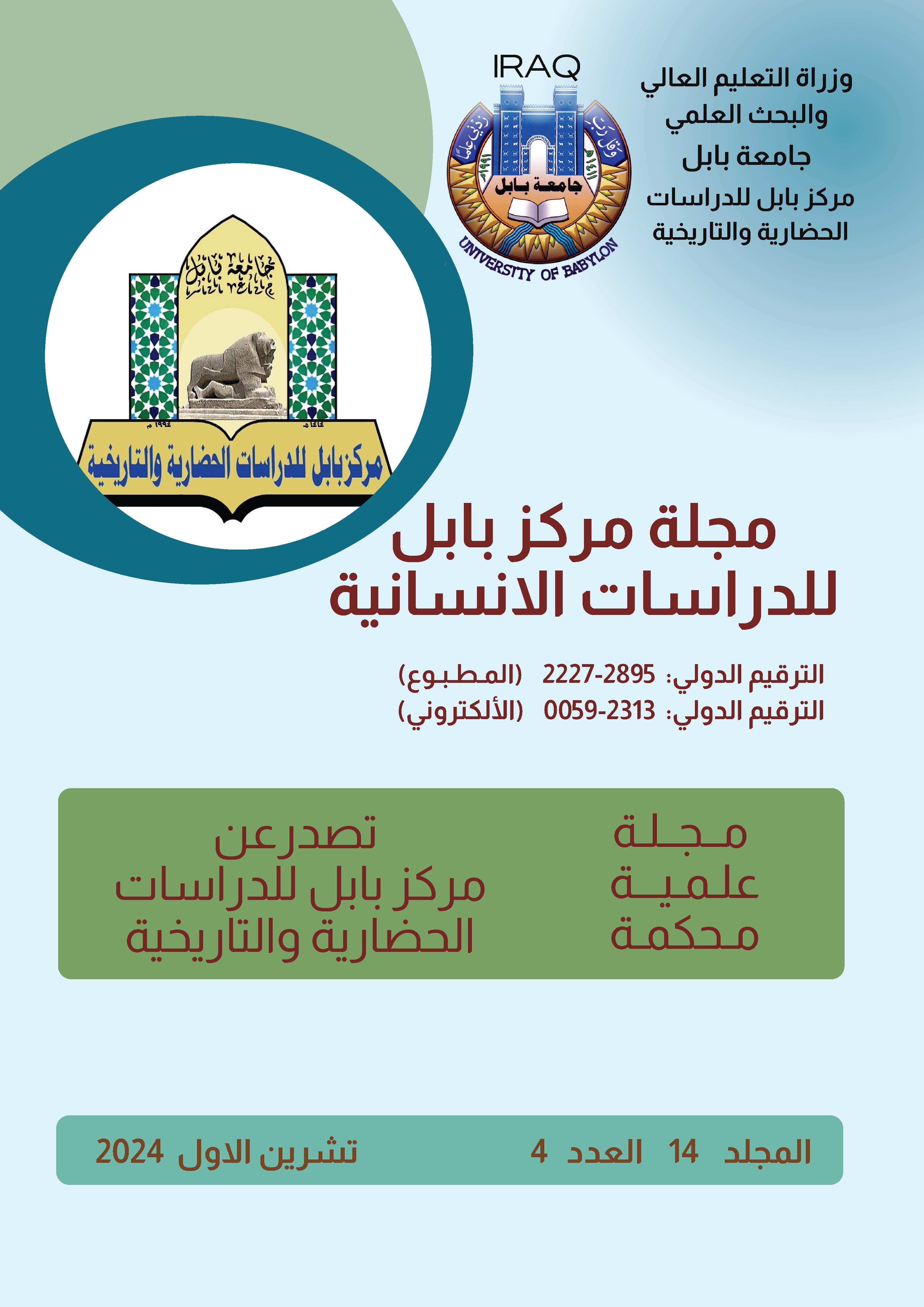Kitchen utensils in ancient Iraq
Keywords:
utensils, cooking, food, fire, foodAbstract
Kitchen utensils are small hand tools used to prepare food and perform common kitchen tasks such as cutting food into specific sizes, heating food on a stove or stove, baking, grinding, mixing and measuring. There are different tools and important types, such as the chef's knife, for example, which is used for a variety of foods. Other kitchen utensils are highly specialized and may only be used in connection with the preparation of a particular type of food, such as an egg separator or apple peeler. Some specialized utensils are used for operations that we repeat several times, or when the cook has limited skill or ability. The number of utensils in the home kitchen varies over time depending on the method of cooking. Archaeological excavations conducted in many sites revealed a large collection of broken pottery vessels. The sources also indicate the presence of utensils made of bone and wood, which were not found as they are organic materials that quickly perish. The most available information about utensils is that they are made of pottery, metals and stone, which are materials resistant to the effects of time. Man continued to use stones for long periods in the manufacture of some of his tools, as metal tools were few and rare and their cost was high. The use of pottery utensils also spread in ancient Iraq, where Archaeological excavations confirm that the majority of utensils used to preserve food, prepare food, etc., are made of pottery. The discovery of pottery vessels helped in determining cultural roles, through the style and decoration of pottery. It also helped in knowing some aspects of human life, especially what is related to cooking food, and increased information about pottery vessels, as there were names and indications in the cuneiform texts regarding the process of preparing food and the method of presenting it. As well as scenes depicted on sculptures and cylinder seals







